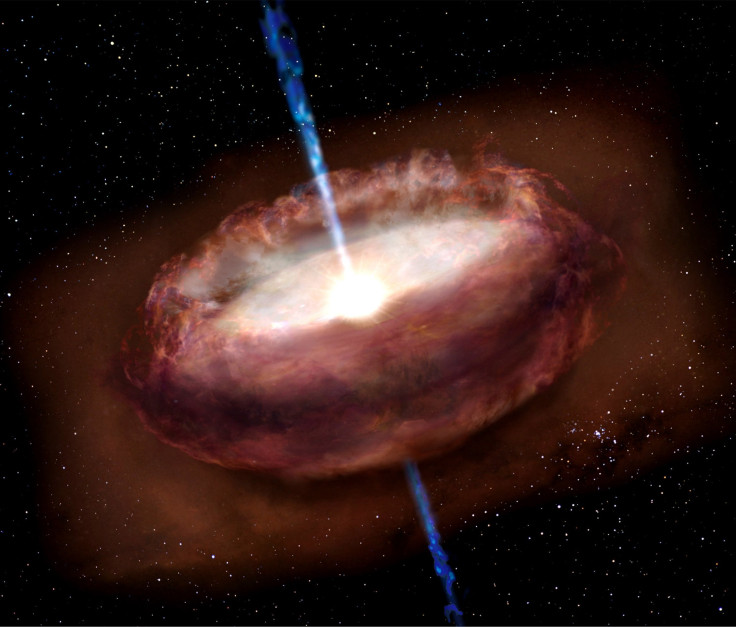Astronomers Observe A New Star’s ‘Baby Blanket,’ A ‘Fluffy’ Layer Above Ry Tau’s Dust Disk
Astronomers have discovered a “fluffy” layer above the dust disk surrounding Ry Tau, a young star that is approximately 500,000 years old. This layer may have been leftover from the star’s earlier formation period and could aid in the formation of new planets around Ry Tau.

Researchers from the Strategic Exploration of Exoplanets and Disks with Subaru Telescope (SEEDS) Project determined the scattered light from the dust disk, observed in infrared, was believed to be caused by the main surface of the disk but is instead caused by an almost transparent upper layer. The researchers discovered this layer by using the Subaru Telescope's High Contrast Instrument for the Subaru Next Generation Adaptive Optics (HiCIAO).
Protoplanetary disks are an important area of focus for researchers as these dense regions of gas and dust will lead to the creation of new planets. How do planets form and the role of a dust disk, be it the size or makeup, in planet formation are just a few questions astronomers are trying to answer. Recently, astronomers used the Magellan telescope to better understand gas and dust distribution within these protoplanetary disks and researchers from the University of California, Berkeley, hypothesized dead spots, or "zombie vortices," within a dust disk are involved in the star formation process which leads to the creation of Ry Tau and other stars.
The dust disk, according to the astronomers, will lead to the creation of new planets, moon, asteroids and comets. Ry Tau is a very young star, just 500,000 years old, and is approximately 460 light-years from Earth in the constellation Taurus. The dust disk surrounding Ry Tau is massive, approximately 70 Astronomical Units, equivalent to about 10 billion kilometers (6.2 billion miles).
Using HiCIAO, the astronomers were able to block out Ry Tau’s light to view the dust disk surrounding the star, revealing the structure of the main surface of the dust disk. Capturing a near-infrared image of the dust disk, the astronomers were able to determine the disk’s vertical structure, by measuring the offset of the disk’s emission. The astronomers then ran computer models of the scattered light emission from Ry Tau and discovered a near-transparent “fluffy” upper layer of the disk.
The researchers believe this layer is from the star’s earlier formation period and should have disappeared at this point in Ry Tau’s development. The layer could aid as an insulator, creating an environment that will aid in the planet formation process.
© Copyright IBTimes 2024. All rights reserved.








